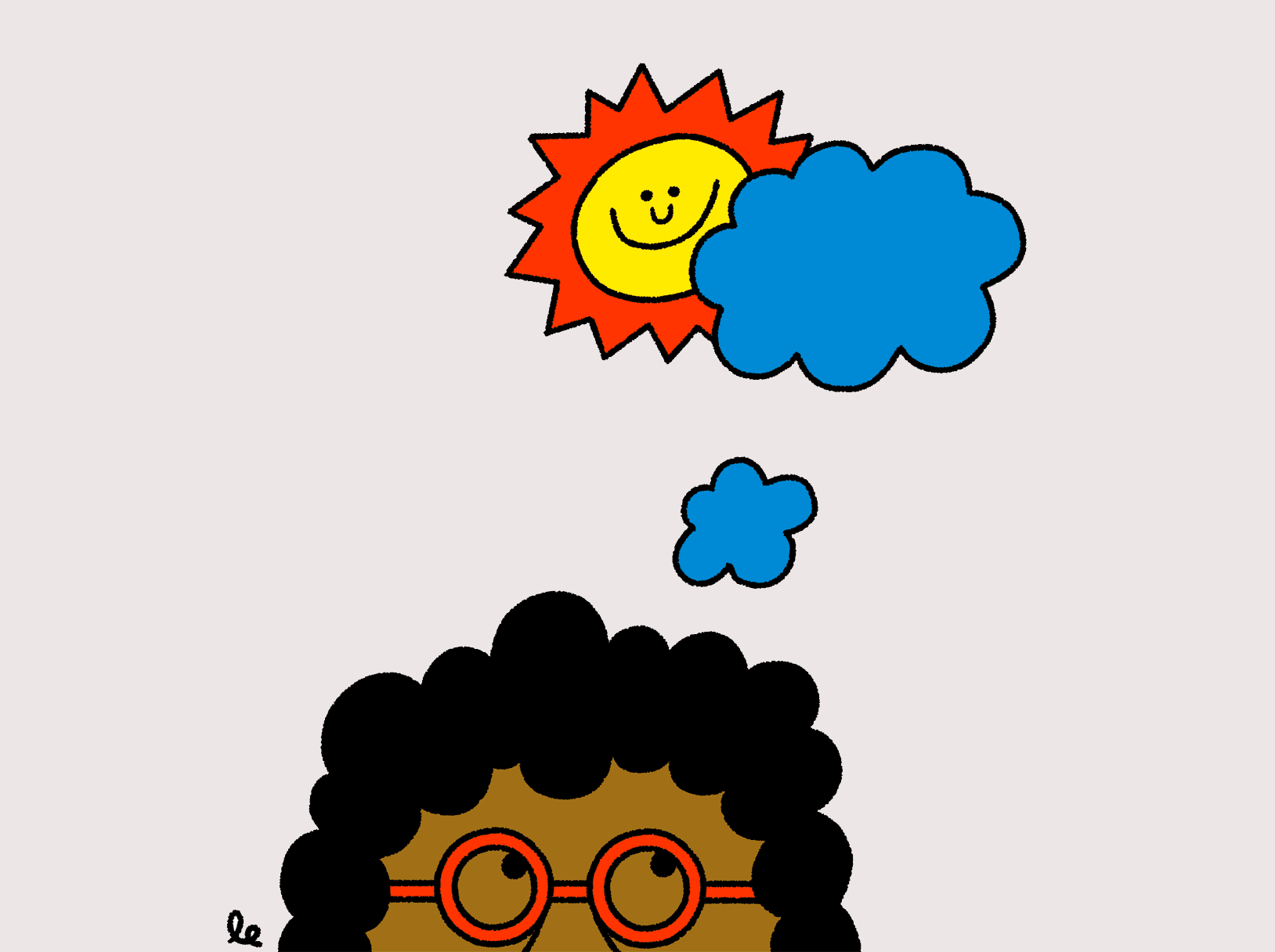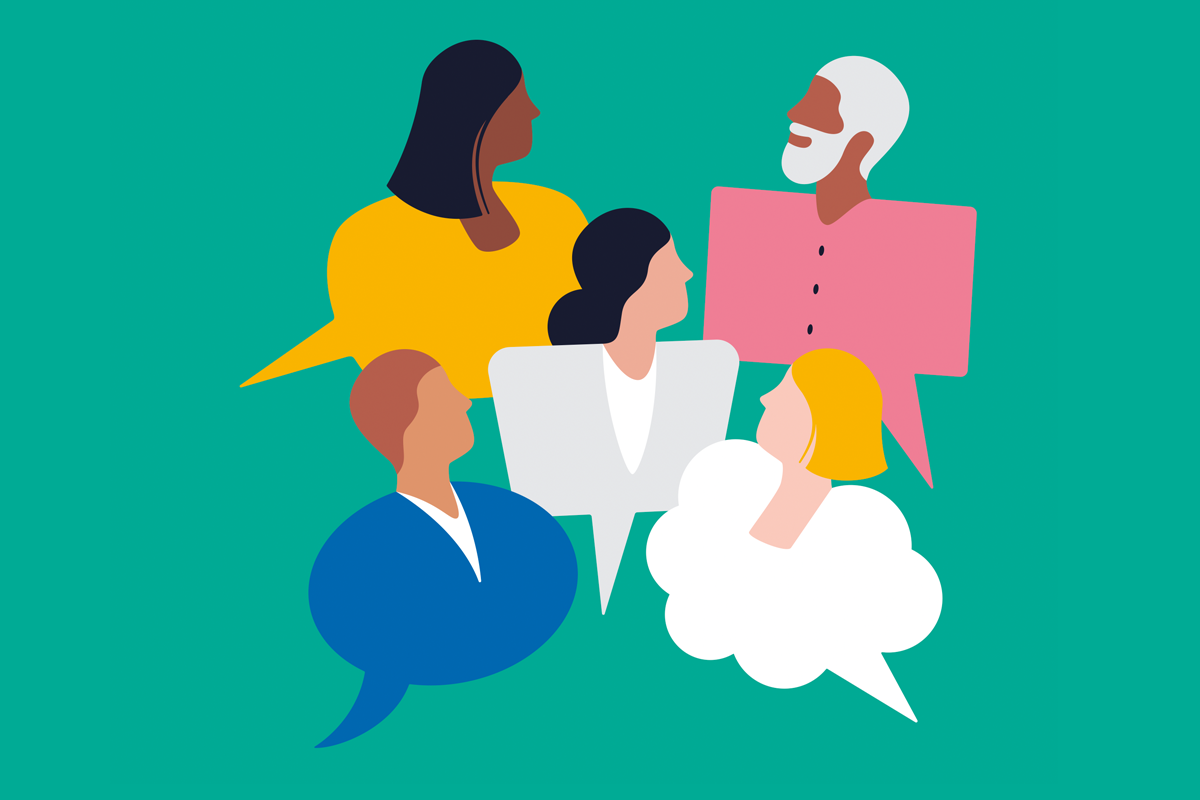All Resources
Get your team talking to each other with a practical take on the Myers-Briggs personality test

Before we begin, get everyone to complete a version of the Myers-Briggs test, such as 16personalities.com. The purpose is not to categorise people or label them as certain ‘types’, but to use the findings as a jumping-off point for discussion. Make sure everyone understands that you are creating a safe space and that their contributions should be supportive and respectful of others.
Go round the group and get everyone to read out their type. What do they agree and disagree with? What’s missing? Does the rest of the group believe the results ring true of their colleague? Can they think of any examples where they have seen that aspect of their personality come through in the workplace?
Put your group in pairs and get them to discuss their results in more detail. How might they alter or adapt their behaviour to the other’s personality type, to improve communication and collaboration? Explore the differences between the different dimensions (intuition/sensing introversion/extraversion, feeling/thinking, perception/judging) before bringing everyone back together for final reflections.
Remember: Personality tests are not always accurate representations of people in all our wonderful contradictions. So have fun with it and see what comes out! More often than not, their power is in provoking conversation around difference and strengths.
Sources: Hyper Island and Merve Erme’s, What’s Your Type?, which investigates the strange history of Myers-Briggs and the birth of personality testing.


























































































































































































